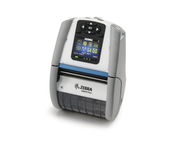Do Thermal Printed Labels Fade Over Time? Find Out Here
13th Aug 2025
Key Highlights
- Yes, thermal printed labels can fade, especially when exposed to sunlight, heat, moisture, or friction over time.
- Direct thermal printing utilizes heat-sensitive paper, making it ideal for short-term, indoor applications such as shipping labels or receipts.
- Thermal transfer printing utilizes ribbons (made of wax, resin, or a combination of both) to produce durable, long-lasting labels, suitable for both outdoor and industrial use.
- Canadian climate conditions (extreme cold and sunlight) can speed up fading—choose materials and ribbons accordingly.
- Storage matters: Keep labels in a cool, dry place, use protective packaging, and clean your printhead regularly.
- Label material + ribbon type = lifespan: Resin + synthetic labels (polyester/vinyl) last longest under UV and moisture exposure.
- Top thermal transfer printers, such as Printronix T8000, Zebra ZD611t, and SATO M84Pro (6), are built for durability and precision.
- DuraFastLabel.ca offers Canada’s best selection of thermal printers, ribbons, and durable labels—fast shipping, expert advice, and top quality.
If you've ever asked yourself, Do thermal printed labels fade? You're not alone. Whether you're printing shipping labels, product tags, or barcode stickers, label durability matters. The truth is, thermal labels can fade, especially when exposed to sunlight, moisture, friction, or heat sources over time. But not all thermal printing is created equal.
The type of printer, direct thermal vs. thermal transfer, along with label material, protective coatings, and ribbon quality, plays a significant role in determining how long your labels last. In this guide, we’ll break down the science behind thermal printing and help you choose the right labels that won’t fade when you need them most.
What Is Thermal Printing Technology and How Does It Work?
Thermal printing is a popular choice for a wide range of applications, from shipping labels to product packaging, but not all thermal printers operate in the same manner. To truly understand why some labels fade faster than others, we need to examine how the two primary methods, direct thermal and thermal transfer printing, work.
How Direct Thermal Printing Works?
Direct thermal printers skip the ink, toner, and ribbons altogether. Instead, they use heat-sensitive thermal paper that changes colour when it comes into contact with a heated print head. It's simple, efficient, and ideal for short-term uses, such as shipping receipts or warehouse labels.
But here’s the catch: because the print is literally burned onto the paper, it’s prone to fading when exposed to sunlight, heat sources, or frequent handling. If longevity isn’t a priority, this low-maintenance method might be just right.
How Thermal Transfer Printing Differs?
Unlike its direct cousin, thermal transfer printing uses a heated printhead to melt wax, resin, or wax-resin ribbon onto the label surface. This creates a more durable image that’s resistant to abrasion, moisture, and high temperatures.
Even in outdoor use or under direct sunlight, these labels hold up remarkably well, especially when printed on synthetic materials like glossy polyester or vinyl. That’s why thermal transfer is often the preferred choice for product labels, compliance stickers, and any application where durability is crucial.
What are the Pros and Cons of Each Thermal Printing Method?
Choosing between direct thermal and thermal transfer printing depends on how long you need your labels to last and where they’ll be used. Let’s break down the pros and cons of each method:
Direct Thermal Printing
|
Pros |
Cons |
Best For |
|---|---|---|
|
Lower initial cost |
Fades quickly with heat, sunlight, and friction |
Shipping labels |
|
No ink, toner, or ribbons required |
Not suitable for high-temperature or outdoor environments |
Receipts and temporary barcode labels |
|
More straightforward setup and less maintenance |
Limited material compatibility (only thermal paper) |
Thermal Transfer Printing
|
Pros |
Cons |
Best For |
|---|---|---|
|
Produces long-lasting, durable labels |
Requires ribbons (wax, resin, or mixed) |
Product and inventory labels |
|
Works on a wide range of materials |
Slightly higher maintenance and cost |
Outdoor use, asset tags, compliance labelling |
|
Resistant to moisture, abrasion, and high temps |
More complex setup |
Any application where label longevity matters |
What Causes Thermal-Printed Labels to Fade?
You’ve probably wondered: do thermal printed labels fade over time? The answer is yes, but not all labels fade at the same rate or for the same reasons. From harsh environments to inadequate storage practices, several factors can reduce the lifespan of labels. Let’s break down what causes this fading and how to prevent it.
Environmental Factors Affecting Label Longevity
Sunlight, heat, humidity, these aren’t just bad for your skin; they’re rough on thermal labels too. Direct thermal labels are particularly susceptible to the effects of direct sunlight and high temperatures.
Over time, the thermal paper reacts to heat and UV exposure, causing labels to darken or fade. Moisture and abrasion can also distort prints, particularly for shipping labels that undergo rough handling and fluctuating climates.
The Role of Label Material and Ribbon Type
The durability of your label heavily depends on the material quality and the type of ribbon used if you're printing with a thermal transfer printer. Resin ribbons, when paired with synthetic labels like vinyl or polyester, offer outstanding resistance to friction, moisture, and outdoor exposure.
On the other hand, wax ribbons and basic paper labels tend to fade more quickly, especially under stress. Choosing the right combo is key if you want your company logo, barcode, or text to stay readable.
Accounting for Canadian Climate Conditions
Canada’s climate presents a unique challenge for label durability, with freezing winters and hot, sunny summers that can significantly shorten label lifespan if you're not prepared. In cold conditions, thermal paper can become brittle, increasing the risk of cracking or adhesive failure. During warmer months, exposure to direct sunlight can cause fading—especially in direct thermal prints.
For businesses shipping across provinces, it's essential to choose labels designed to withstand temperature fluctuations and outdoor exposure. Always test your labels in realistic conditions before using them on a large scale to ensure optimal performance. By tailoring your label setup to Canada's climate extremes, you can ensure your thermal printed labels remain precise, adhesive, and reliable all year round.
Differences Between Direct Thermal and Thermal Transfer Labels
Here’s a side-by-side comparison to help you choose the right labelling method based on durability, use case, and cost.
|
Feature |
Direct Thermal Labels |
Thermal Transfer Labels |
|---|---|---|
|
Printing Method |
Uses heat-sensitive thermal paper |
Uses ribbon (wax, resin, or wax-resin) and heated printhead |
|
Ink/Ribbon Requirement |
No ink or ribbon required |
Requires ink ribbon |
|
Durability |
Lower – prone to fading from light, heat, and friction |
Higher – resistant to abrasion, moisture, and UV |
|
Best Use Case |
Short-term labels (e.g. shipping, receipts) |
Long-term labels (e.g. product labels, compliance, outdoor use) |
|
Material Compatibility |
Only compatible with thermal paper |
Works with paper, polyester, vinyl, and other synthetics |
|
Fade Resistance |
Low – especially in sunlight or high temperatures |
High – suitable for outdoor and industrial environments |
|
Print Longevity |
A few days to months |
Months to years |
|
Maintenance |
Low – fewer parts involved |
Moderate – requires ribbon management and replacement |
|
Cost |
Lower upfront cost |
Slightly higher cost due to ribbon and media |
What are the Tips to Prolong the Life of Thermal Printed Labels in Canada?
Wondering how to keep your labels looking sharp longer, especially in Canada’s unpredictable weather? Whether you're printing shipping labels, product tags, or barcode stickers, small choices in storage, equipment, and material quality can significantly impact the lifespan of your thermal printed labels.
What are the Best Storage and Handling Practices?
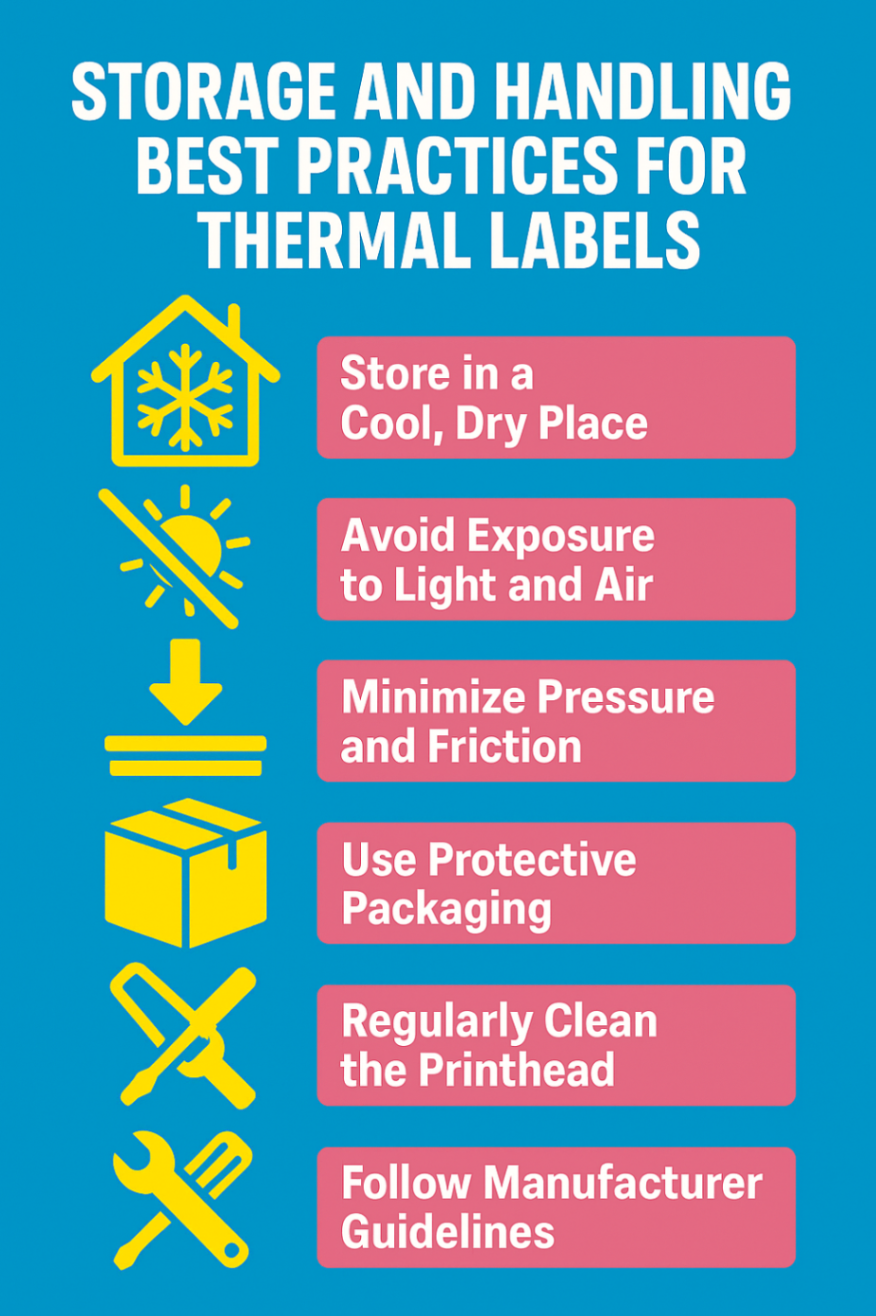
Even the most durable thermal labels can fade or degrade if not stored or handled correctly. Follow these tips to maximise label lifespan and maintain print quality:
-
Store in a Cool, Dry Place: Keep labels away from heat sources, humidity, and direct sunlight to prevent premature fading and curling.
-
Avoid Exposure to Light and Air: Prolonged exposure to UV rays or open-air environments can cause thermal paper to discolour or degrade over time.
-
Minimize Pressure and Friction: Avoid stacking heavy objects on label rolls, as compression and friction can smudge or deform the print.
-
Use Protective Packaging: Keep unused labels in original packaging or sealed containers to shield them from moisture, dust, and contaminants.
-
Regularly Clean the Printhead: A dirty printhead can lead to uneven printing and wear down the label surface. Clean it as per your thermal printer’s maintenance schedule.
-
Follow Manufacturer Guidelines: Always adhere to storage temperature and humidity recommendations provided by your label and printer supplier.
These small steps can go a long way in preserving the clarity, adhesion, and longevity of your thermal printed labels.
How to Choose the Right Printer and Supplies?
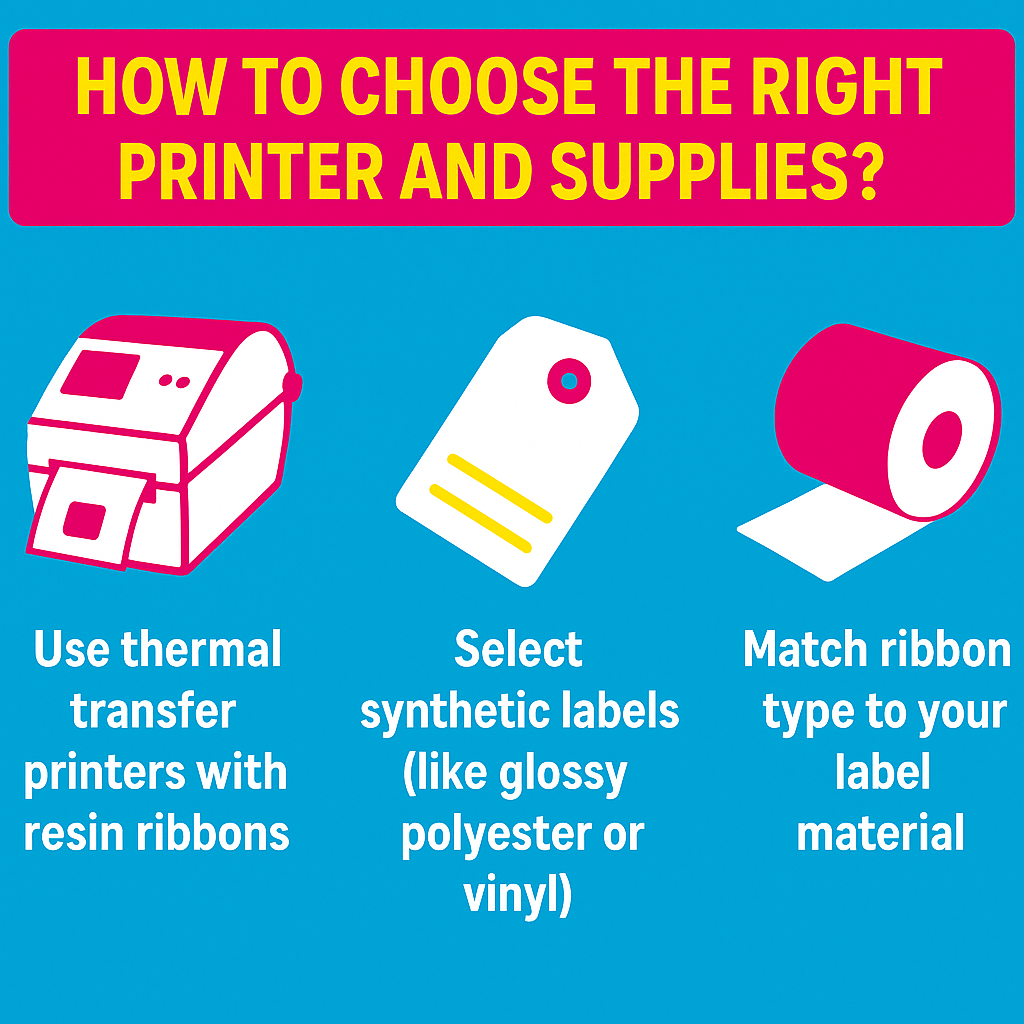
Not all thermal printers and label materials are created equal:
-
Use thermal transfer printers with resin ribbons for long-term durability and outdoor resilience.
-
Select synthetic labels (like glossy polyester or vinyl) for resistance to abrasion, moisture, and sunlight.
-
For short-term needs, such as receipts, direct thermal labels are suitable, but avoid using them in direct sunlight or hot environments.
-
Match ribbon type to your label material: resin for outdoor use, wax-resin for moderate durability, and wax for budget-friendly indoor applications.
Investing in the right printer supplies reduces reprints, saves money, and improves label performance across applications.
Choosing the Right Thermal Printing Method Based on Label Longevity
Below are some top direct thermal printers ideal for short-to-medium lifespan applications:
1. Zebra ZQ620 Plus-HC 3" Wide 203 dpi, 4.5 ips Direct Thermal Label Printer
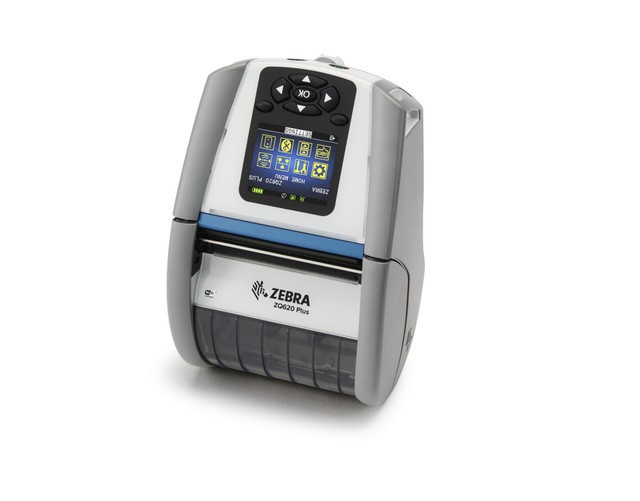
Zebra ZQ620 Plus is a premium healthcare-grade mobile printer designed for rapid and reliable label output in clinical or on-the-move environments. With 203 dpi resolution and 4.5 ips speed, it’s ideal for wristbands, specimen tracking, or temporary asset tags.
Pros:
-
Lightweight and portable
-
Bluetooth and Wi-Fi ready
-
Easy battery replacement
Cons:
-
Limited durability for outdoor labels
-
Designed primarily for healthcare and indoor use
Best For:
Short-term labels in healthcare, inventory tracking, and temporary field tasks
2. Godex MX30i 3" Direct Thermal Barcode Mobile Printer
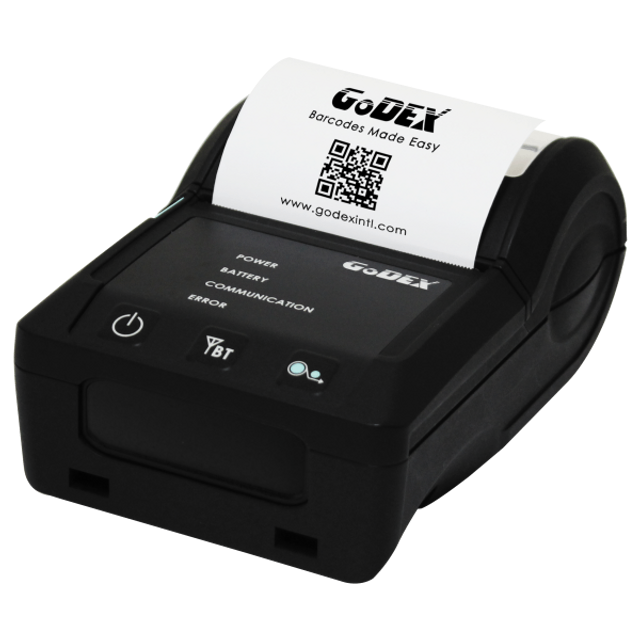
Godex MX30i is a rugged direct thermal mobile printer designed for use in harsh environments and mobile workflows. It supports label widths up to 3" and is often used in field service, transport, or ticketing.
Pros:
-
Rugged design with an IP54-rated case
-
User-friendly LCD interface
-
Strong battery life
Cons:
-
Not suitable for labels needing a long lifespan
-
Limited print resolution for high-detail applications
Best For:
Field operations, shipping labels, and short-duration barcode tags
3. SATO WWPV31260 PV3 + Bluetooth v4.1 LE Direct Thermal Mobile Printer
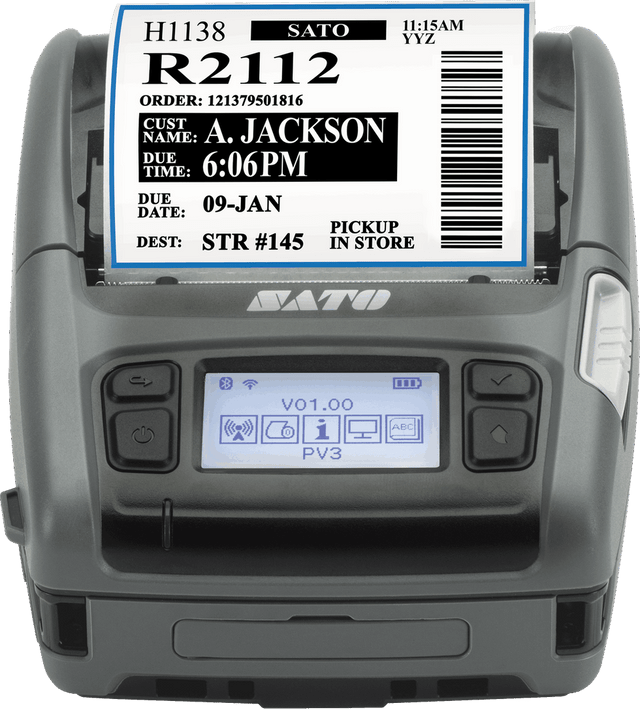
SATO WWPV31260 PV3 is a highly portable direct thermal printer featuring Bluetooth v4.1 LE for wireless connectivity. It’s a smart fit for retail, route accounting, or in-vehicle printing.
Pros:
-
Compact and lightweight
-
High-speed connectivity
-
Drop-resistant housing
Cons:
-
Not ideal for harsh outdoor conditions
-
Print durability is limited to indoor use
Best For:
Mobile point-of-sale, in-transit labelling, and temporary packaging
4. Toshiba B-BV410D 4-Inch 203dpi Direct Thermal Desktop Barcode Label Printer
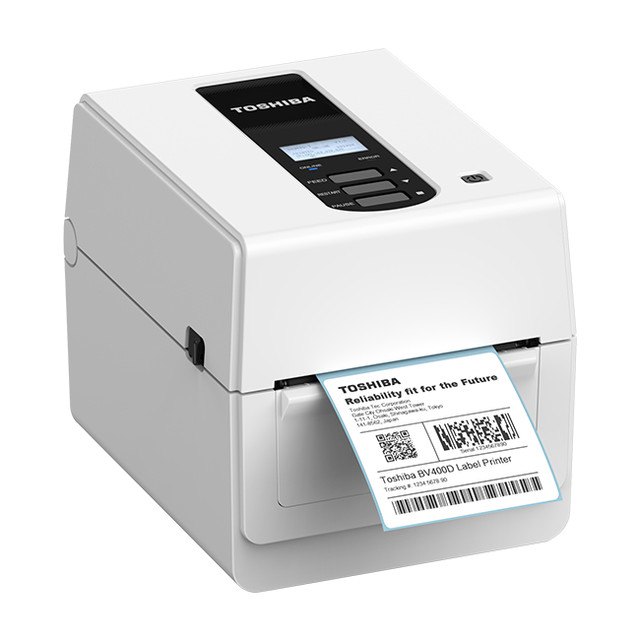
A desktop workhorse from Toshiba, this model delivers clean and quick prints for daily operational labelling. With 203 dpi resolution, it suits retail or office settings with lower durability needs.
Pros:
-
Compact footprint
-
Intuitive user interface
-
Fast print speed
Cons:
-
Direct thermal limits outdoor application
-
Lacks ribbon support for extended print life
Best For:
Office labels, temporary retail tags, and internal logistics
5. TSC TDP-247 2.0" 203 dpi 7 ips Desktop Direct Thermal Label Printer
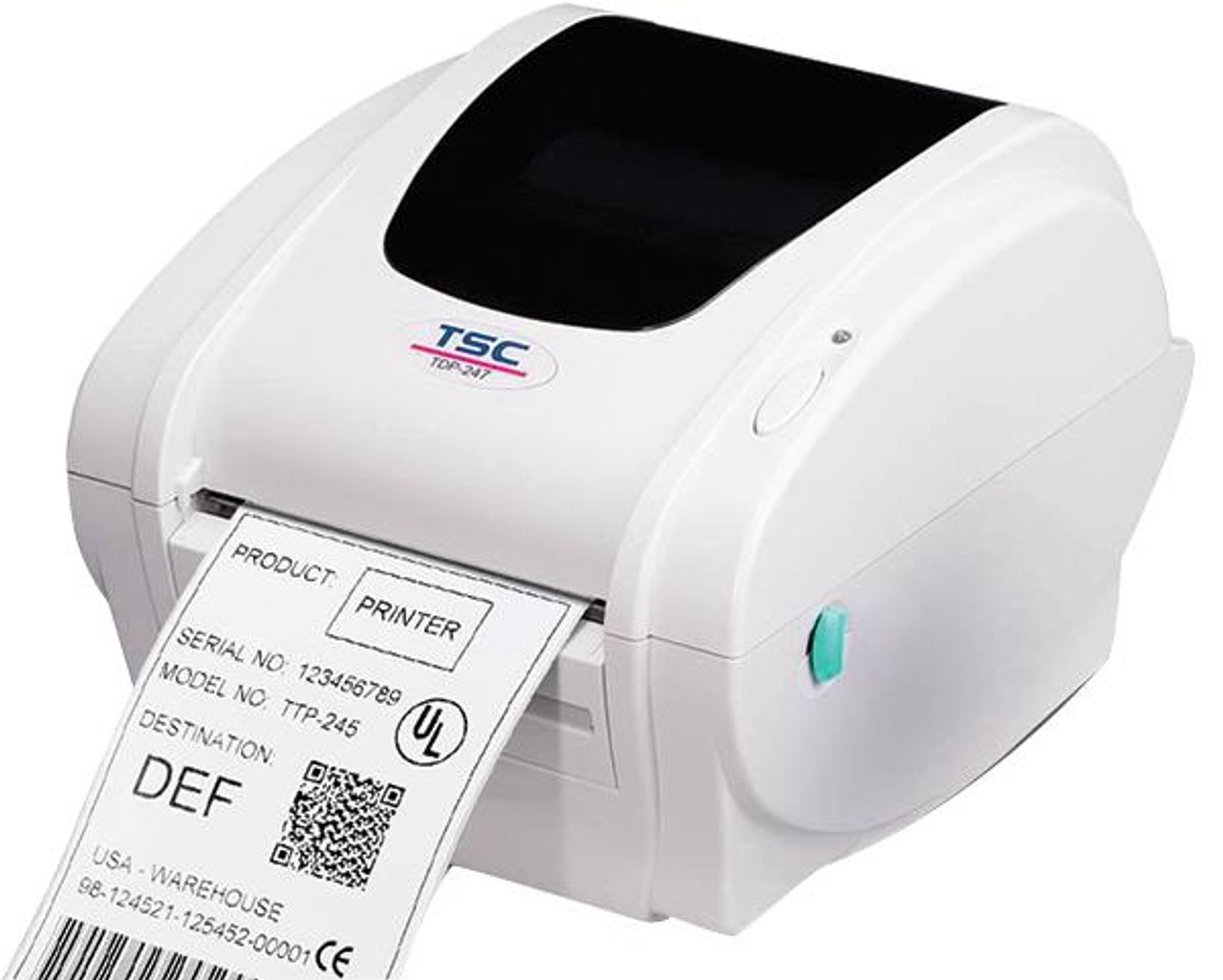
One of the fastest direct thermal printers in its class (7 ips), the TSC TDP-247 is compact, dependable, and ideal for smaller-width labels in fast-paced environments.
Pros:
-
High-speed printing
-
Small desktop footprint
-
Excellent software compatibility
Cons:
-
Max label width 2"
-
Unsuitable for outdoor durability
Best For:
Courier services, SKU labelling, and short-use barcode stickers
6. Godex DT4x 4" Direct Thermal Barcode Printer, 203 dpi, 7 ips
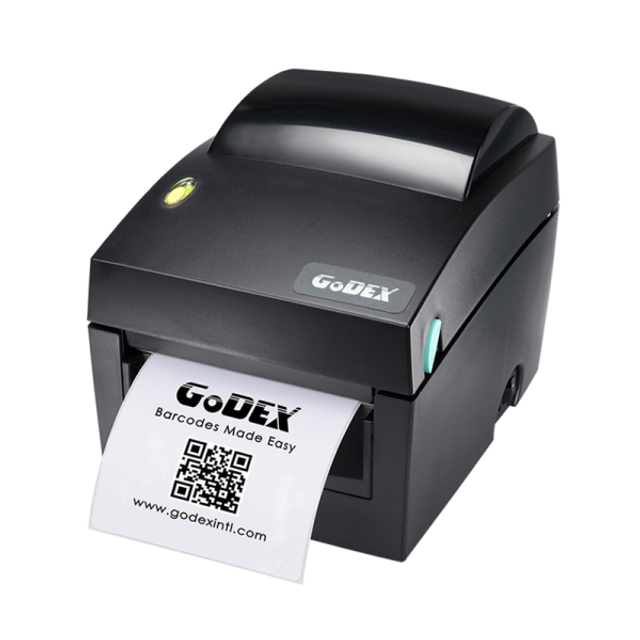
Godex DT4 is a popular choice for businesses needing affordable, fast, and reliable thermal printing. Supports up to 4" label width, ideal for most general-purpose needs.
Pros:
-
7 ips fast printing
-
Wide media compatibility
-
Easy setup and use
-
3 year warranty
Cons:
-
Labels fade faster outdoors
-
Not resistant to moisture or UV
Best For:
Shipping labels, price tags, short-term packaging
7. Godex DT2x 2" Direct Thermal Barcode Printer, 203 dpi, 7 ips
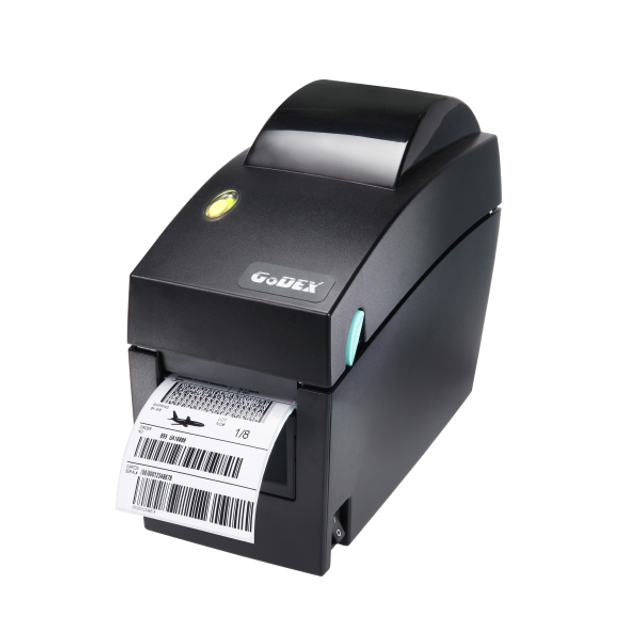
Godex DT2x is a compact, high-speed 2-inch printer designed for light-volume environments where space is tight and speed matters.
Pros:
-
Small footprint, perfect for desktops
-
Easy-to-load media
-
Fast output (7 ips)
-
3 year warranty
Cons:
-
Limited to narrow labels
-
Direct thermal = lower longevity
Best For:
Retail shelf tags, inventory barcodes, and internal labelling tasks
Top Thermal Transfer Printers for Long-Lasting, High-Quality Labels
Here are some Thermal Transfer Desktop and Industrial printers
1. Printronix T8000 4-Inch Wide 203 dpi T8204 Thermal Transfer Label Printer
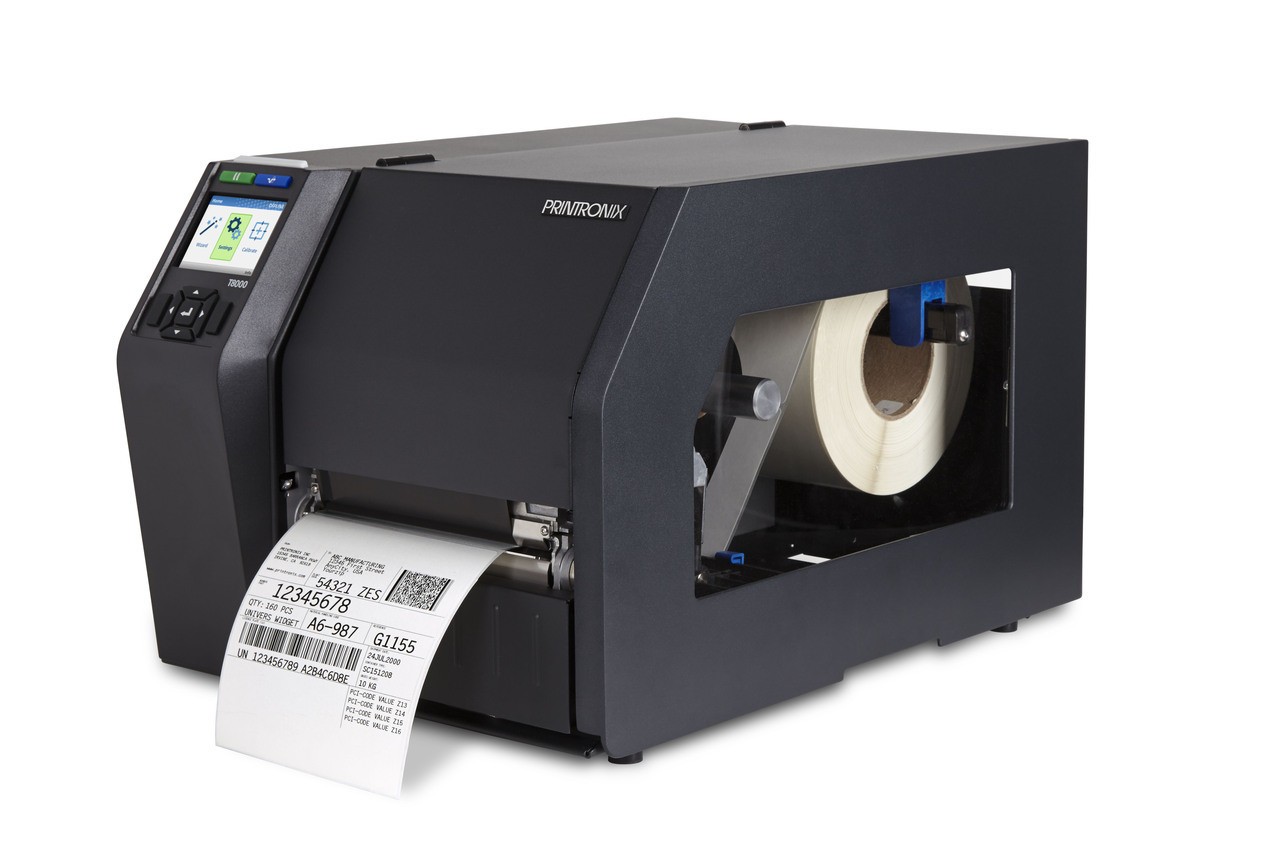
The Printronix T8000 is a powerful industrial-grade thermal transfer printer designed for high-volume, mission-critical environments. It delivers excellent print speed, reliability, and durability for applications requiring compliance, traceability, and long-lasting labels.
Pros:
-
Industrial-level performance for 24/7 operations
-
Handles large media rolls for fewer reloads
-
Rugged design for demanding conditions
Cons:
-
Larger footprint not ideal for tight spaces
-
Higher upfront cost compared to desktop models
Best For:
Heavy-duty manufacturing, warehouse, and compliance labelling
2. Zebra ZD611t 2" Wide 203 dpi, 8 ips Desktop Thermal Transfer Label Printer with USB/LAN/BTLE5 | ZD6A122-T01E00EZ
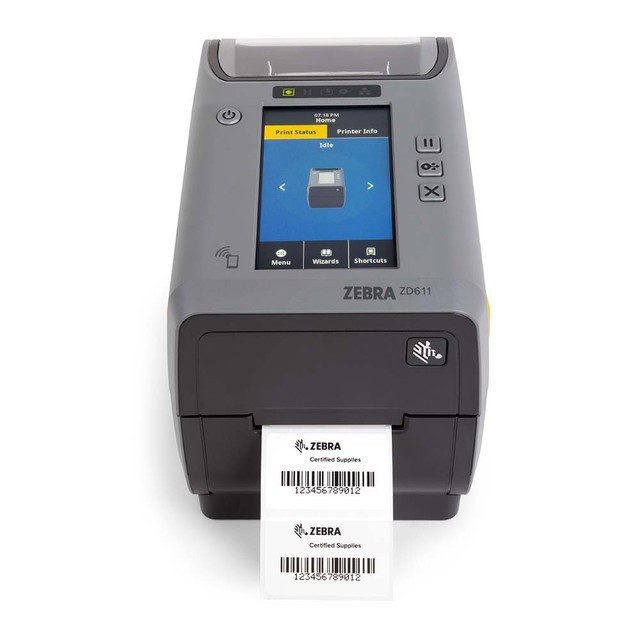
The Zebra ZD611t is a compact, high-speed desktop printer designed for meeting the long-lasting label needs of retail, healthcare, and logistics applications. Despite its small size, it offers enterprise-grade features, including USB, LAN, and Bluetooth 5 connectivity.
Pros:
-
Compact design with fast 8 ips print speed
-
Advanced connectivity options
-
Great for small label formats and tight workspaces
Cons:
-
Limited to 2" width labels
-
Not suited for industrial-scale print volumes
Best For:
Healthcare wristbands, retail tags, and asset labelling in office settings
3. SATO M84Pro(6) 609 dpi Thermal Transfer Label Printer w/ Dispenser/Ethernet | WM8460241
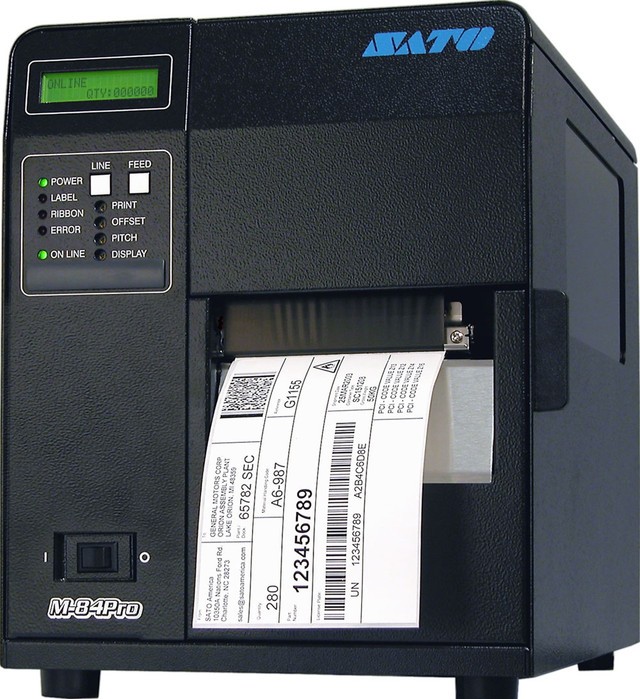
With ultra-high 609 dpi resolution, the SATO M84Pro(6) is a precision thermal transfer printer for detailed barcode, text, and graphic output. It's ideal for applications that demand sharpness, like micro labelling and medical equipment tags.
Pros:
-
Exceptional print resolution for fine details
-
Built-in dispenser and Ethernet connectivity
-
Rugged and reliable for industrial use
Cons:
-
Slower print speed at higher resolution
-
More complex to configure and maintain
Best For:
Pharmaceutical labels, electronics, and medical device labelling
Get Labels That Last, Shop Industry-Leading Thermal Printers at DuraFastLabel.ca
Why settle for faded prints and wasted supplies? At DuraFastLabel.ca, we offer only the highest-quality thermal label printers, ribbons, and materials, designed for durability, clarity, and performance, even in the toughest Canadian conditions. Whether you're running a warehouse, a retail business, or a healthcare facility, our direct thermal and thermal transfer printers are built to match your specific needs.
-
Exclusive Canadian pricing
-
Fast shipping across Canada
-
Expert support from real people who know printers
-
Wide selection of industrial, desktop & mobile models
Don't let poor-quality labels cost you business.
Conclusion
Do thermal printed labels fade? Yes, but the speed of this process depends on your printer type, label material, and environmental conditions. Direct thermal printing is great for short-term, indoor use, while thermal transfer printing delivers long-lasting durability for outdoor or high-demand applications. By choosing the right setup and following best practices, you can ensure your labels stay sharp, scannable, and reliable, whether you're shipping across Canada or labelling products for long-term storage.
Frequently Asked Questions:
Do thermal printed labels fade faster in cold Canadian climates?
Yes, thermal printed labels, especially direct thermal labels, can fade over time in cold Canadian climates due to moisture, abrasion, or friction. To prevent fading, store labels in a dry, cool place away from heat sources and opt for thermal transfer printers for a longer lifespan and improved material quality.
Can exposure to sunlight damage thermal labels?
Yes, prolonged exposure to direct sunlight can damage thermal labels, particularly those made from direct thermal paper. Thermal transfer labels printed with resin ribbon are more resistant to UV rays, making them ideal for outdoor use. To protect shipping labels or product labels, consider using labels with protective coatings and ink-resistant surfaces.
Is there a difference in fading between direct thermal and thermal transfer labels?
Absolutely. Direct thermal printers use heat-sensitive paper that fades quickly under sunlight, friction, or frequent handling. In contrast, thermal transfer printers use ribbons (made of wax, resin, or a combination) that offer better durability, especially for shipping or product labels. Resin-based prints resist abrasion, moisture, and high temperatures, making them ideal for a longer lifespan.
Which thermal labels are the most durable and will not fade when exposed to sunlight during outdoor use?
For outdoor use, thermal transfer glossy polyester labels and thermal transfer vinyl labels are the most durable. When printed using resin ribbons on thermal transfer printers, they resist direct sunlight, moisture, and abrasion. These labels maintain clarity of company logos, barcodes, and text even in high temperatures or harsh environments.
